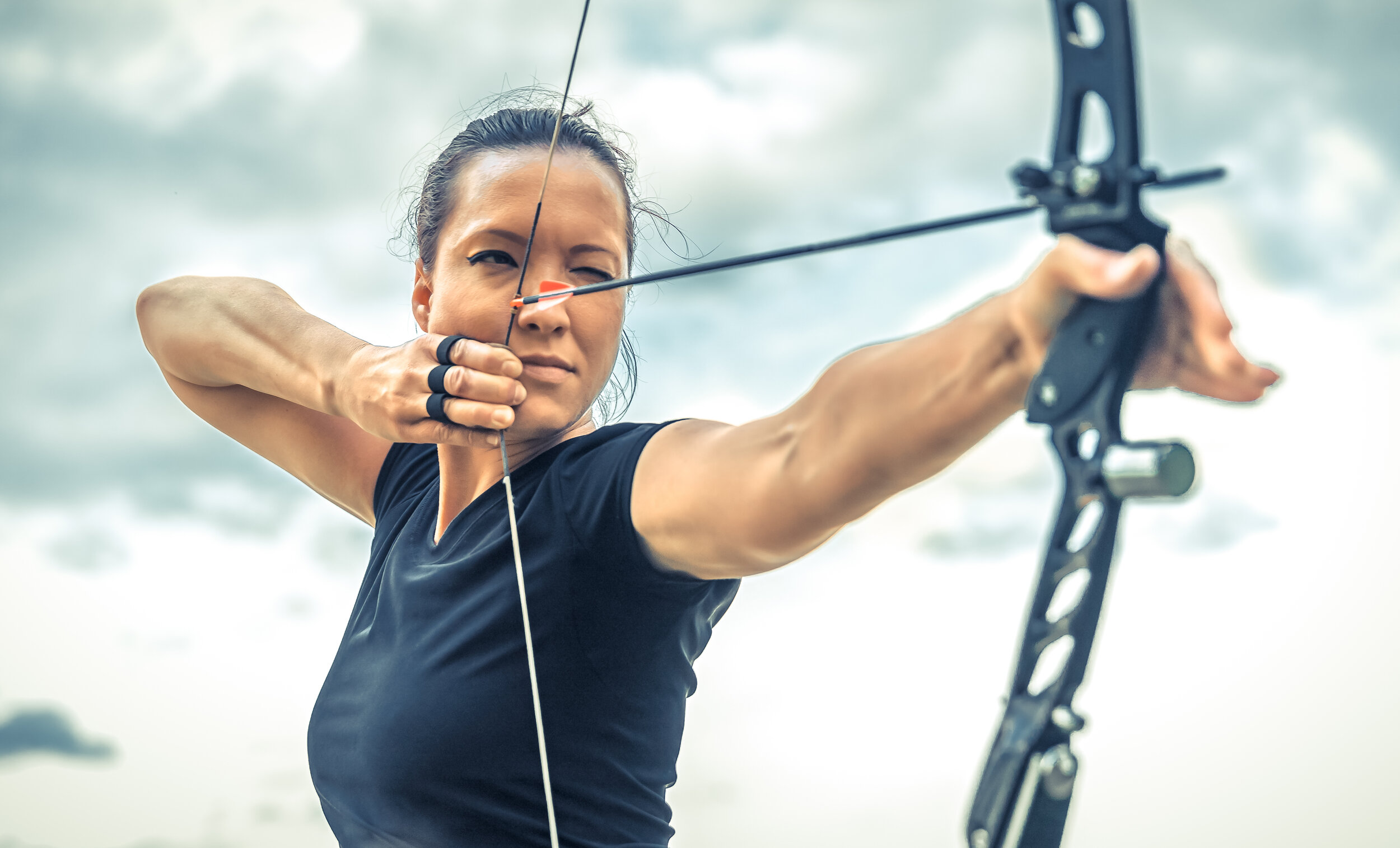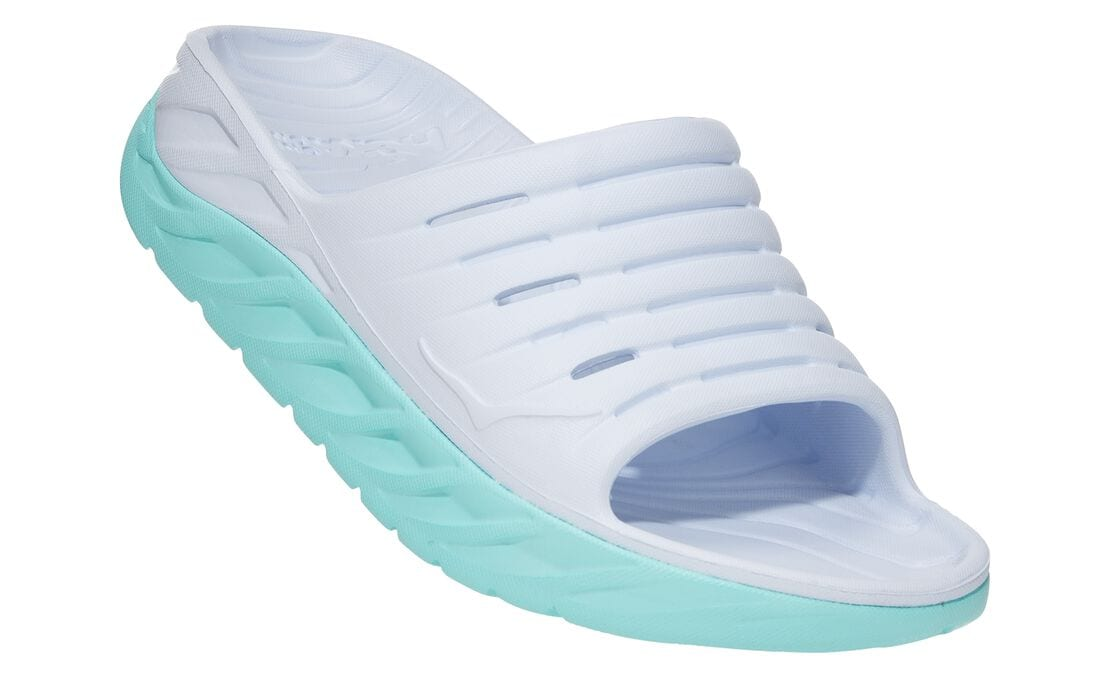It’s coming up to that season - heel pain season! When we all go from wearing our supportive boots and shoes throughout fall and winter to popping on those flip flops as soon as it hits 15 degrees. Every summer we see an uptick in people complaining of heel pain: a stabbing pain smack in the heel first thing in the morning that sometimes lessens with walking, sometimes not. And when we touch that point on your foot that hurts? You go through the roof.
Read all about plantar fasciitis - the hallmarks of the condition, how we treat it and our top five tips on how to prevent it from coming back.
Plantar fasciitis is the most common cause of heel or “rearfoot” pain. It is most commonly the result of overuse of the plantar fascia (aka plantar aponeurosis), a thick band of connective tissue that runs from the heel to the toes on the bottom of the foot. The plantar fascia has a lot of important jobs in the foot:
Protection of blood vessels and nerves - like any part of your body, the network of vessels and nerves is dense and required to keep your tissues healthy. The plantar fascia lines of the bottom of the foot and acts as a suit of armour for anything you may step on.
Site of muscle attachment - a bunch of the little muscles that control the toes attach directly onto the plantar fascia.
Helps to maintain your arch - take off your shoe and admire the curves of your foot. Some of those curves are brought to you by the plantar fascia!
Shock absorption and distribution of forces when standing and walking - arguably the most important role of the plantar fascia, it is integral to a healthy foot when walking and running.
Think of the plantar fascia as the string on a bow - the tension on that string maintains the integrity of the whole bow and provides explosive force for the arrow.
With every step you take, that downward force is absorbed by your plantar fascia. When you roll over your foot and propel off your big toe, your plantar fascia recoils and transfers some of that absorbed energy into forward momentum. Your foot is then returned to its curvy shape, ready to absorb the next step.
But if your bow is only as good as your bowstring, what happens when it starts to fray?
Hallmarks of Plantar Fasciitis
The person with plantar fasciitis will generally complain of the following:
A gradual onset of pain
Pain in a specific spot on the heel that is tender when palpated
Worse in the morning, especially when getting out of bed for the first few steps
Pain typically decreases with activity unless it’s been going on for awhile, in which case it just hurts all the time
There have been several risk factors associated with developing plantar fasciitis. These include:
Increased training volume and/or number of practice days per week - this is the big one. Overuse injuries happen when the tissue is stressed too much and isn’t allowed to rest and regenerate.
Anatomical variations - Varus knees (aka bow-legged) and high-arched feet both lead to a higher incidence of plantar fasciitis.
Use of spiked athletic shoes or cleats
Standing work - those who stand at work all day are a bit more likely to develop plantar fasciitis.
Lack of flexibility and strength in the lower extremities - Tight calves? Weak toe muscles? What about your hamstrings and glutes? All these contribute to how to walk and how those forces go through and are absorbed by your feet.
One area of debate in the risk factor world is the link between BMI and plantar fasciitis. While it has been suggested in several studies that those with a higher BMI are more likely to develop plantar fasciitis, additional studies of athletes with a range of BMIs have not found a significant difference in likelihood of developing plantar fasciitis. A sedentary lifestyle is associated with a higher BMI and therefore weaker muscles so it may be that instead of weight being a risk factor for plantar fasciitis, it’s the lack of strength and flexibility that’s the issue at play.
Getting Back to Function
Plantar fasciitis is something we see in the clinic every day. Typically, rehab goes a little something like this:
Settle the tissue down - like every overuse injury, we have to settle it down before we build it back up. This may mean LASER or ultrasound. This may mean massaging the tissue, either with a frozen golf ball or with our hands. This may mean supporting the foot with a gel heel pad or heel lift to temporarily provide some of that cushioning. There are lots of options to settle it down, we just have to figure out the combination that works for you.
Tape it - supporting the foot through tape, especially when its aggravated, can be really helpful. There are a variety of tape jobs that are used depending on your specific issues.
Ice it - I’m a fan of frozen golf balls. You can pop them on the ground and roll the bottom of your foot out on them, giving yourself a soothing ice massage.
Stretch the tight things - without a doubt, this means calves. If you come in for physiotherapy for a plantar fasciitis, expect this from day one. The plantar fascia can be thought of as a continuation of the Achilles tendon, which connects the bulky calf muscles (the soleus and gastrocnemius) to the heel. Stretching and maintaining the length of the calf muscles helps cut down on the stress through the plantar fascia - loosening the bowstring, in a way. There may be more things tight as well, from your quads and hamstrings to other muscles up the chain.
Strengthen the weak things - again, we need to look at the whole chain. How are your quads? What about your glutes? Is your core working the way it should? We also need to look at those little muscles in your foot that support your arch and attach into the plantar fascia as they likely need some attention of their own.
What About Footwear and Orthotics?
Proper footwear is incredibly important in the prevention and management of plantar fasciitis. With summer coming, we reached out to our friends at the Run Inn for their recommendations on plantar fascia-friendly sandals for the summer:
Oofos Sandals and Sliders - these provide great arch support with a lovely cushion. They were recently recommended by the American Podiatrist Association specifically to support those with plantar fasciitis.
Hoka Slides - another great option for warmer weather, Hokas are nicely cushioned with great support for those with plantar fasciitis.
Once the pain settles down, getting appropriate footwear for your feet will help keep plantar fasciitis and other foot problems at bay. There are several factors that go into finding the right shoe for you - the last, the toe box, the rise… I could go on.
As with anything shoe-related, do not buy them online without being fitted first! Go to a local store that knows their stuff - for us, that’s definitely the Run Inn - and get fitted properly. Different bodies and different feet demand different support! They also have a range of over the counter orthotics that may help as well.
For some, custom orthotics is the way to go. Finding a local pedorthist - someone who is an expert in the foot and all things foot orthotics - is key. We are lucky enough to have a great group in Ladner, West Coast Pedorthics. They are fantastic, informative and thorough - we highly recommend them!
It’s Gone! How Do I Stop It From Coming Back?
Plantar fasciitis can take months to finally go along its merry way. Once it’s gone, these habits will help keep it that way:
Top Five Tips For Preventing Plantar Fasciitis
Wear good shoes all year round - make sure the sandals you choose to wear in the summer are just as supportive as the shoes you wear the rest of the year. Cheap flip flops are not your friend! Remember that all feet are different and demand different supports - get your feet fitted properly by shoe experts.
Keep your calves long and supple - a tight calf is plantar fasciitis’s best friend. Download this PDF for instructions on how to stretch both your gastrocs and soleus.
Untuck your bed sheets at night - when the sheets of your bed are tucked at the bottom, it forces your feet to be more pointed and shortens your calves. Sleeping with loose bed sheets allow your ankles and feet more freedom of movement.
Plan and pace your running and walking - Nicole did a great three part series on injury prevention in running, all of which can equally be applied to walking. Follow her tips on adjusting your running and walking volume, foot strike and strength training.
Maintain a healthy weight and exercise routine - it is clear that a healthy BMI combined with a regular exercise program helps keep the plantar fascia healthy.










